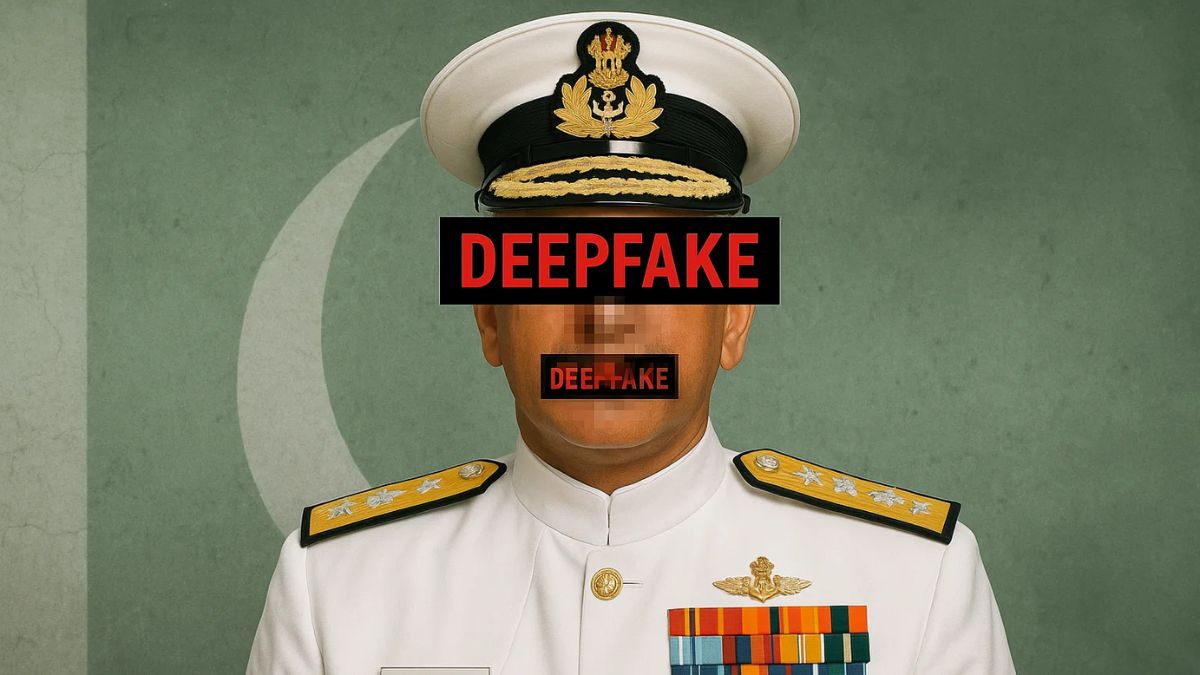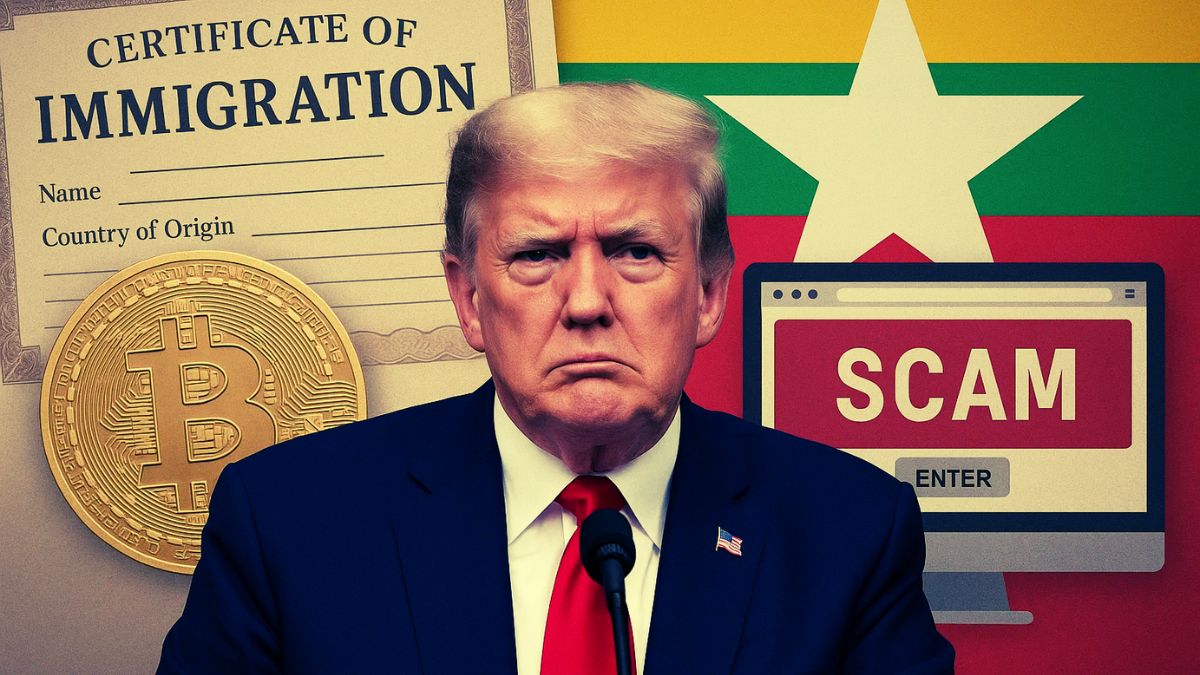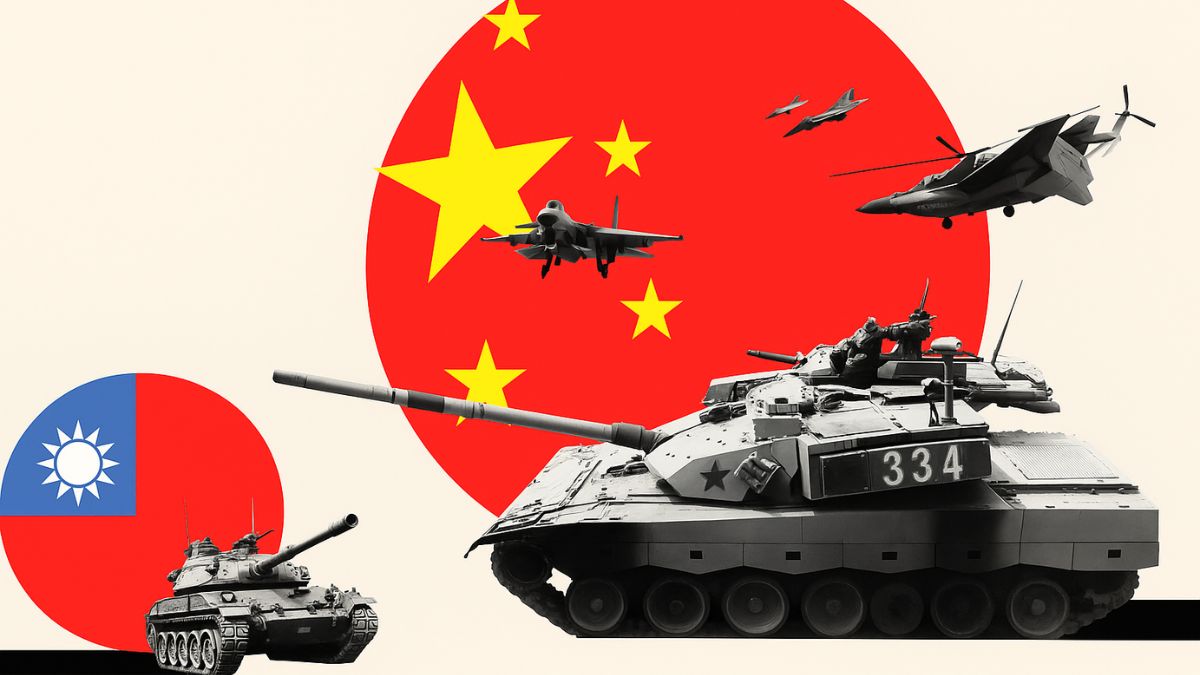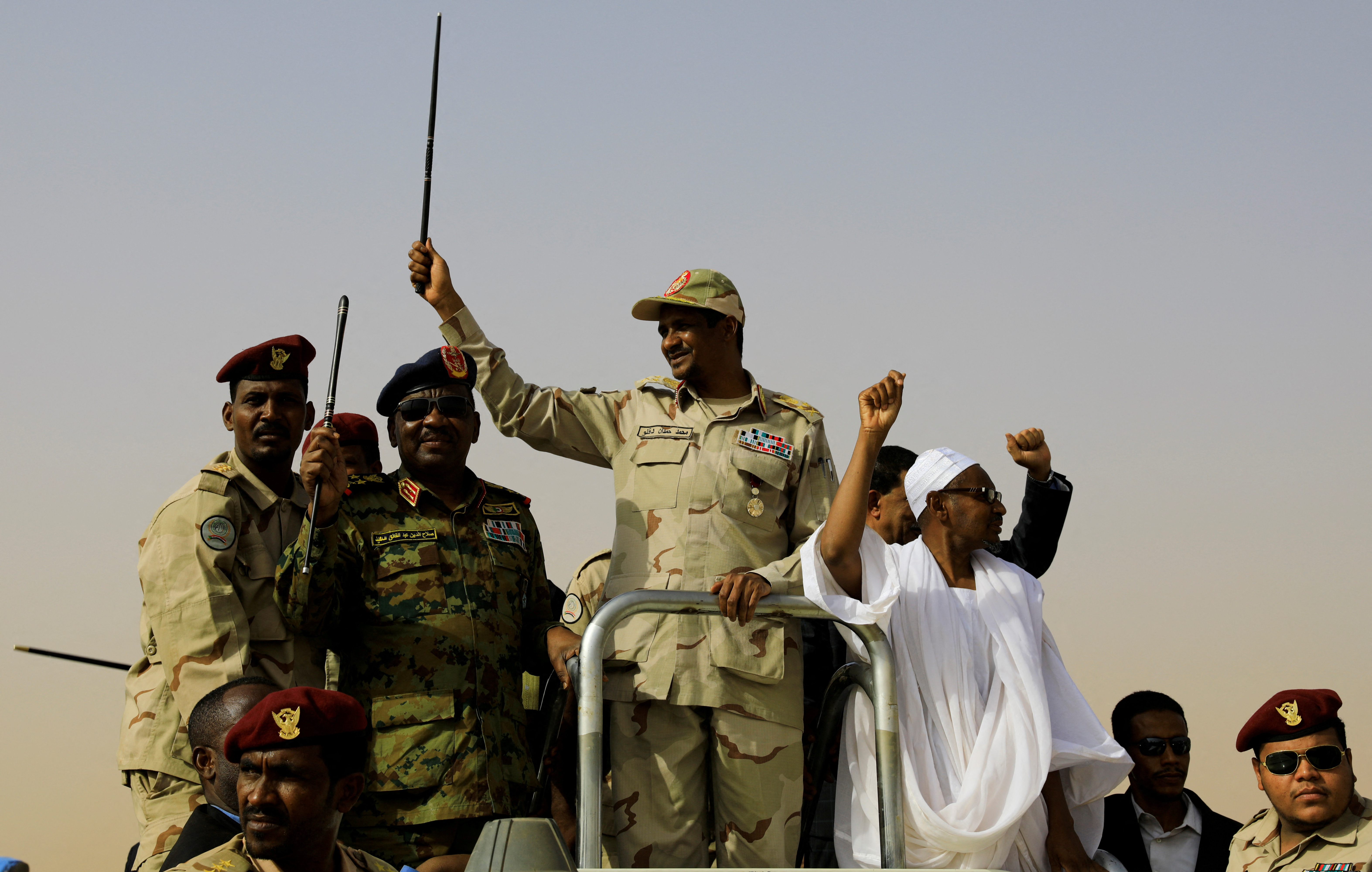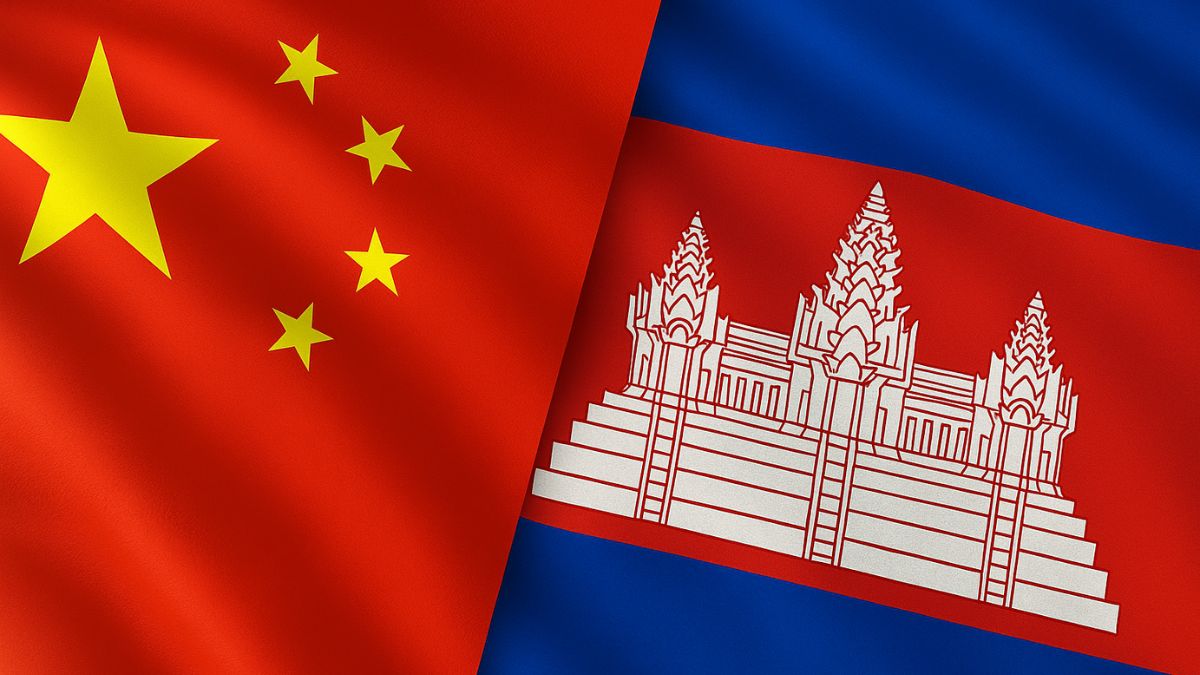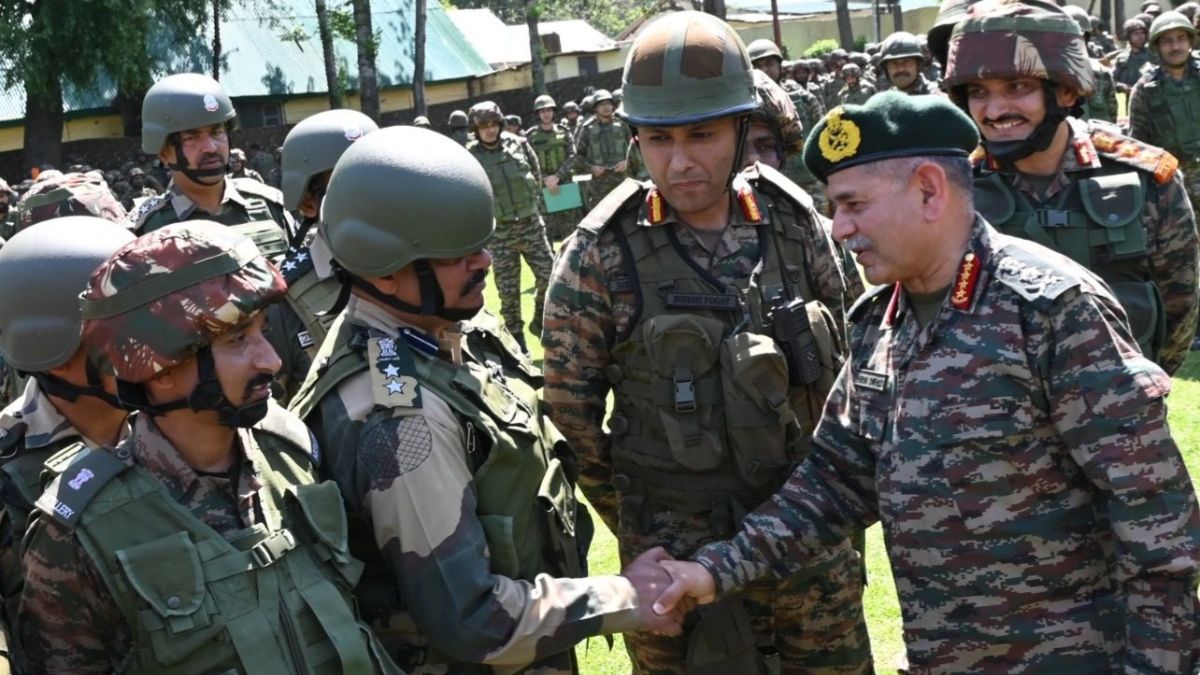From Missiles To Messages: Operation Sindoor And India’s Battle Of Narratives
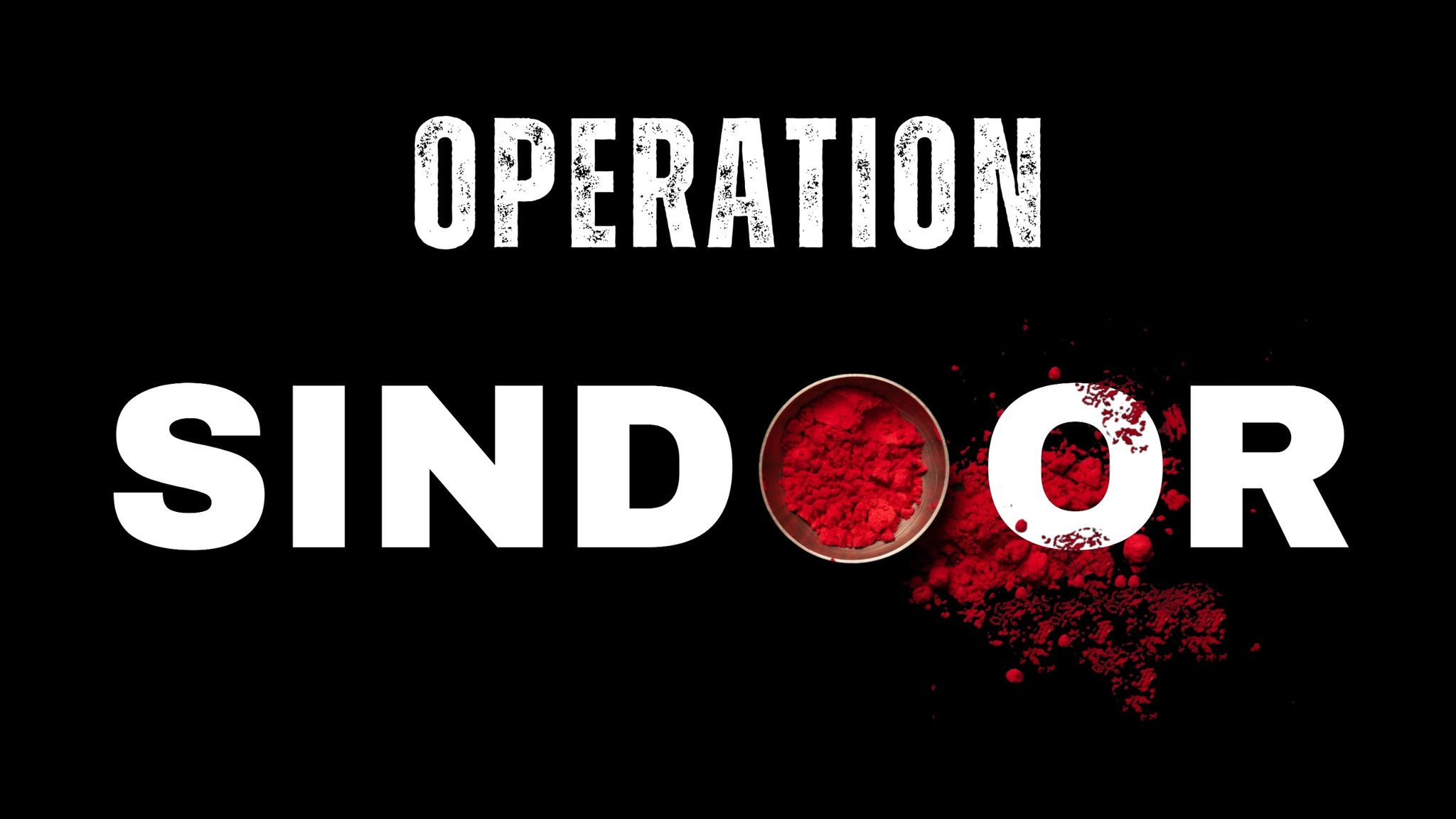
Operation Sindoor has been a major success for India and ushered in a "new normal". Image courtesy: X.com/@HQ_IDS_India
Narrative battles are now as central to modern conflict as missiles and aircraft. In May 2025, Operation Sindoor was a test not only of India’s kinetic reach but of its ability to shape what citizens and international audiences believed about the campaign. Adversary attempts to flood social media with doctored videos and false casualty claims arrived almost as fast as the strikes themselves.
The outcome mattered for more than reputation. Information operations influence morale, diplomatic room for manoeuvre and the speed at which a government can consolidate gains. Sindoor showed that a force that can strike precisely must also be able to prove those strikes quickly and credibly, otherwise an adversary’s falsehoods can erode public confidence and complicate policy responses.
How did adversaries try to shape the narrative during Sindoor?
Within hours of the strikes, social platforms carried manipulated footage and inflated casualty figures presented as proof of disproportionate damage. The material appeared coordinated: copies of the same clips and captions spread across channels, often in multiple languages. The intent was clear. Fast, repeated messages sought to create ambiguity that might slow international sympathy for India and sow doubt at home. This was information warfare by design rather than random misinformation.
How did India counter the disinformation campaign?
Indian ministries moved more quickly than in past crises. High-resolution satellite imagery of targeted sites was released, and official fact-check units analysed and debunked obvious forgeries. Operational footage of air-defence interceptions and curated data on intercepted drones and missiles were published to substantiate official claims. This evidence-based approach limited the endurance of many false narratives and made it harder for adversary propaganda to set the agenda.
What changes are needed to make information operations a permanent warfighting capability?
Information must be treated as a theatre-level function, integrated into planning, not an afterthought. Each theatre command should house an information operations cell with permanent staff who can verify, package and publish evidence in real time. That requires secure access to ISR feeds, legal frameworks for rapid release, and tight coordination between the services, the press office and the foreign ministry. Fast does not mean unverified; credibility depends on verifiable material made available quickly.
Operation Sindoor showed the effects of getting information right and the risks of improvisation. The country’s armed forces demonstrated operational competence. To sustain strategic advantage, they must institutionalise the capacity to win the story as deliberately as they prosecute the fight. Victory will increasingly be decided by which side controls the facts in the moments after action.


